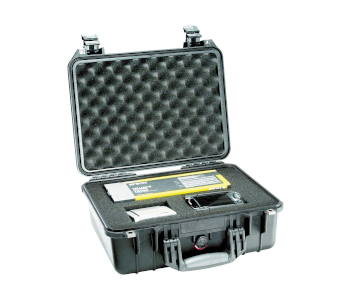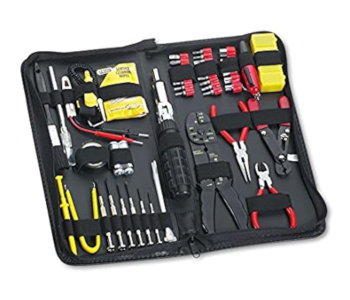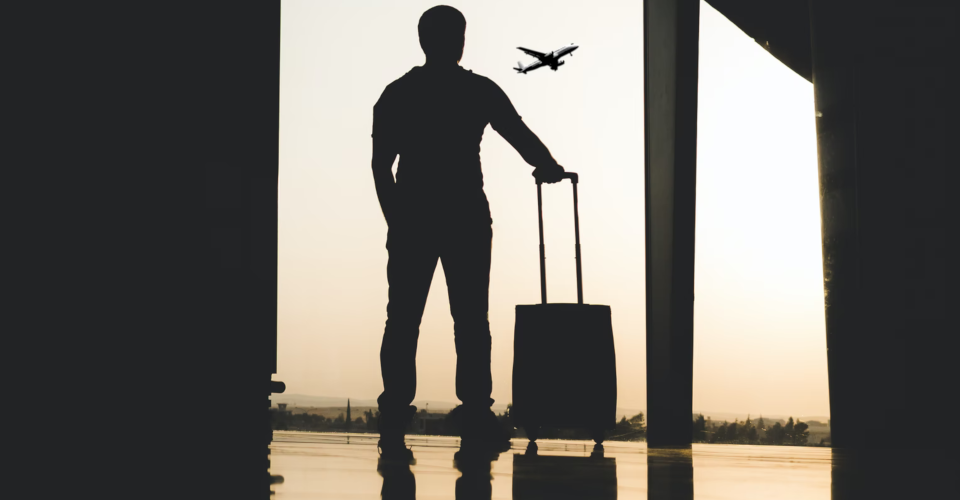Can You Travel with A 3D Printer? Safety Tips and Packing Guide
Yes, it is possible to travel with a 3D printer even on an airplane. Just make sure that it has been packaged well with ample cushioning. It would be best to disassemble the 3D printer and pack it in the same manner as when it was new. Don’t forget to bring a few repair tools, as well. Always check in with airline and TSA regulations before bringing your 3D printer.
Can you travel with your 3D printer, perhaps even on an airplane? The idea would have sounded ridiculous some years ago, but 3D printers nowadays have become so much smaller and more robust. If you are planning to travel with a 3D printer, here are some tips to keep your 3D printer safe and avoid any security issues.
Disassemble and pack

The biggest concern when traveling with a 3D printer is that rough handling can cause damage to some of the components. Frames are particularly vulnerable to this. Arriving at your destination with a bent frame will likely be the worst outcome you can get.
The safest way to carry your 3D printer while traveling is to disassemble it into smaller pieces. This makes the parts less prone to damage. 3D printers that required DIY assembly back when they were new are best for traveling. Make sure to unplug all power and data cables in the 3D printer before packing to avoid wire damage.
If you’re disassembling your 3D printer, make sure that you still have access to the assembly instructions. Some people advise taking a photo of the 3D printer before disassembly, but we find that this is often not enough to help you put it together again.
Disassembly may not be an option for all 3D printers. Those with full enclosures typically have minimal options for disassembly. Still, the previous advice applies here – to package the 3D printer in the same manner as when it was new. For this reason, it is often a good idea to keep the original packaging of your 3D printers.
If you no longer have access to the original packaging, then a hard plastic container such as those from Pelican would be the next best thing. These come with customizable foam compartments and are designed so that the inner compartment can equalize with cabin pressure. They are also practically indestructible.
In any case, make sure that all the components in the 3D printer are well-cushioned. Small parts can be wrapped in bubble wrap or foam sheets. If you’re packaging them in a box, then using air pillows or packing peanuts would be a good idea. However, make sure that you’re packing the parts in a manner that still makes them easy to retrieve, especially if you’re traveling by plane.
Fully disclose what you’re bringing
If you’re bringing your 3D printing on an airplane, make sure to tell the airline and airport security exactly what it is you’re bringing. Although 3D printers have become quite popular in the last couple of years, they may not be very recognizable for airport personnel. There is a chance that electrical components or metal parts would have to be removed from the packaging so that they can be inspected more thoroughly.
Another good idea would be to bring a flyer or brochure of the actual 3D printer you’re bringing. This way, you can quickly show the TSA officer that you are carrying an actual 3D printer made professionally by a company. This might help speed up the inspection process, but is no guarantee.
Many people ask this question – should a 3D printer be included in check-in luggage or carry-on? The answer to that depends on each situation. 3D printers do not have batteries, so they are generally safe for check-in luggage. However, you will need to prepare your 3D printer for some rough handling. There have been a lot of stories of 3D printer parts getting damaged because they were checked in.
Bringing a 3D printer as a carry-on is ideal for more people because they can personally ensure that it is handled with care. Most desktop-scale 3D printers nowadays can be disassembled to be small enough to fit in the overhead cabin.
If you’re going the carry-on route, you need to make sure of two things – that your package complies with the size restriction for carry-on luggage of the airline, and that you are ready for a more thorough inspection of your luggage. Take note that there may be parts of your 3D printer that should not be in carry-on luggage, as we shall see later.
Bring some repair tools

If you’re traveling with your 3D printer, then you should be ready for some degree of damage. Even with the best packaging, it would be prudent to pack some repair tools and supplies anyway. Basic tools like a screwdriver or wrench may also be necessary to put together a 3D printer that has been disassembled.
Bringing some epoxy glue or superglue to repair minor cracks would be a good idea. Zip ties are also great for tethering parts together quickly.
You should also know your 3D printer well enough to identify which spare parts you could possibly need during your travel. Keep in mind that ordering spare parts for your 3D printer may not be as easy if you’re in a different country or state.
Some parts may have to be checked in
When traveling by plane, you will have to consider the restriction on what you cannot bring as carry-on luggage. If you’re carrying tools like a screwdriver or wrench, those will definitely have to be checked in. Even some of the rods and frame components of larger 3D printers may be classified as ‘blunt weapons’ and cannot be brought to the cabin.
If you’re unsure about these regulations, it would be best to ask your airline or consult the TSA website. The last thing you want to happen is for some of your tools or 3D printer parts to be confiscated.
Final thoughts
Now that more people are getting into 3D printing both as a profession and as a hobby, traveling with it has become almost as essential as traveling with a laptop or other personal devices. It’s far from convenient, though. The best practice right now is to take a 3D printer apart so that its parts can be packed safely and put together again at your destination. It’s far from ideal, but it’s possible.
When traveling by plane, be sure to be transparent with exactly what it is you’re carrying and do your due diligence when it comes to regulations. You will likely need to spend a bit more time during inspection but it does not have to be a miserable experience.


